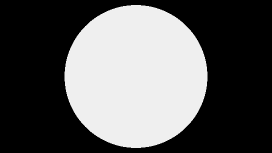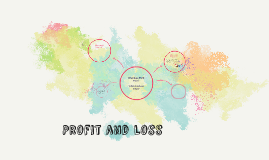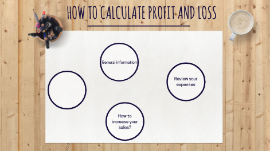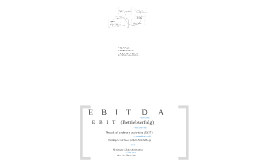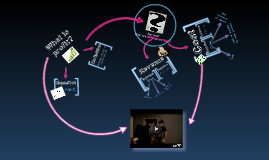Profit and loss
Transcript: There are different ways to do it depending on what you want to know. To calculate the success of the operating part of the business you have to: Operating revenues Sale of food and beverages - operating costs - operating costs ...cost of material&purchases 5xxx cost of coffee, milk, ... electricity ...cost of personnel 6xxx salaries and wages ...other operating expense 7xxx advertisement, maintenance&repair (!) ... except depreciation (!) ___________________________________________________________________________ Earnings Before Interest Taxes Depreciation Amortization EBITDA How successful are the core operating activities of your business? no distorsion by different depreciation methods, tax rates, financing costs useful for comparison of 2 businesses of the same industry E B T profit/loss for the year arnings - depreciation E B I T D A EBIT Betriebserfolg '-/+ financial result 8xxx interest paid, interest received ... _______________________________________________________________________ Result of ordinary activities (EGT) +/- extraordinary result §231 UGB Nature of expense method § 12 ESTG Result of ordinary activities (EGT) - extraordinary result = Earnings before taxes (Unternehmenserfolg) Earnings before taxes (Unternehmenserfolg) - Taxes on income and profit ________________________________________ Net income (Jahresüberschuss) axes Result of ordinary activities (EGT) Products sold in a café: hot and cold drinks, small snacks - > typical costs: wages and salaries, rent, cost of food and beverages, electricity etc. Net income -/+ appropriation or release of reserves -/+ retained losses or profits brought forward ____________________________________ Profit or loss of financial year E B I T (Betriebserfolg) EBITDA Example café: Operating revenues Sale of food and beverages - operating costs - operating costs cost of material&purchases 5xxx cost of coffee, milk, ... electricity cost of personnel 6xxx salaries and wages other operating expense 7xxx advertisement, maintenance&repair, depreciation _____________________________________________________________________ EBIT Betriebserfolg E B I T D A Profit or loss of financial year Net income (Jahresüberschuss) Profit or loss of financial year How can we calculate success of business Net income (Jahresüberschuss) ? Result of ordinary activity (EGT) +/- Reserves ... Earnings before taxes (Unternehmenserfolg) - taxes Result of ordinary activities (EGT) E B I T efore EBIT = EBIDTA - depreciation +/-financial result Net income/loss for the year








